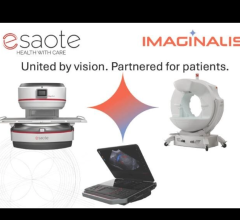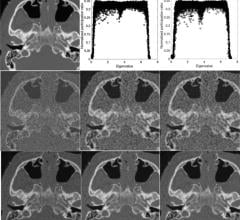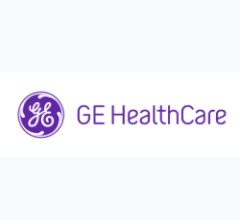December 18, 2008 - The addition of an apparent diffusion coefficient (ADC) map to T2-weighted images can improve the diagnostic performance of MR imaging in prostate cancer detection.
The study’s objective was to retrospectively assess the incremental value of an ADC map combined with T2-weighted magnetic resonance (MR) images compared with T2-weighted images alone for prostate cancer detection by using a pathologic map as the reference standard.
The study included 52 patients, mean age, 65 years, who underwent endorectal MR imaging and step-section histologic examination. Three readers with varying experience levels reviewed T2-weighted images alone, the ADC map alone, and T2weighted images and ADC maps. The prostate was divided into 12 segments. The probability of prostate cancer in each segment on MR images was recorded with a fivepoint scale. Areas under the receiver operating characteristic curve (AUCs) were compared by using the Z test; sensitivity and specificity were determined with the Z test after adjusting for data clustering.
AUC of T2-weighted and ADC data was greater than that of T2weighted images for all readers in all comparisons. AUC of T2-weighted and ADC data was greater for readers 1 and 2 than for reader 3. Sensitivity of T2weighted and ADC data (reader 1, 88 percent; reader 2, 81 percent; and reader 3, 78 percent) was greater than that of T2-weighted images (reader 1, 74 percent; reader 2, 67 percent; reader 3, 67 percent) for all readers (P .01 for reader 1; P .02 for readers 2 and 3). Specificity of T2-weighted and ADC data was greater than that of T2-weighted images for reader 1 (88 percent vs 79 percent, P .03) and reader 2 (89 percent versus 77 percent, P .001).
The addition of an ADC map to T2-weighted images can improve the diagnostic performance of MR imaging in prostate cancer detection.
Source: RSNA 2008 from the Department of Radiology, Asan Medical Center, University of Ulsan, 388-1 Poongnap-dong, Songpa-gu, Seoul, 138-736, South Korea.
For more information: www.rsna.org


 December 04, 2025
December 04, 2025 









